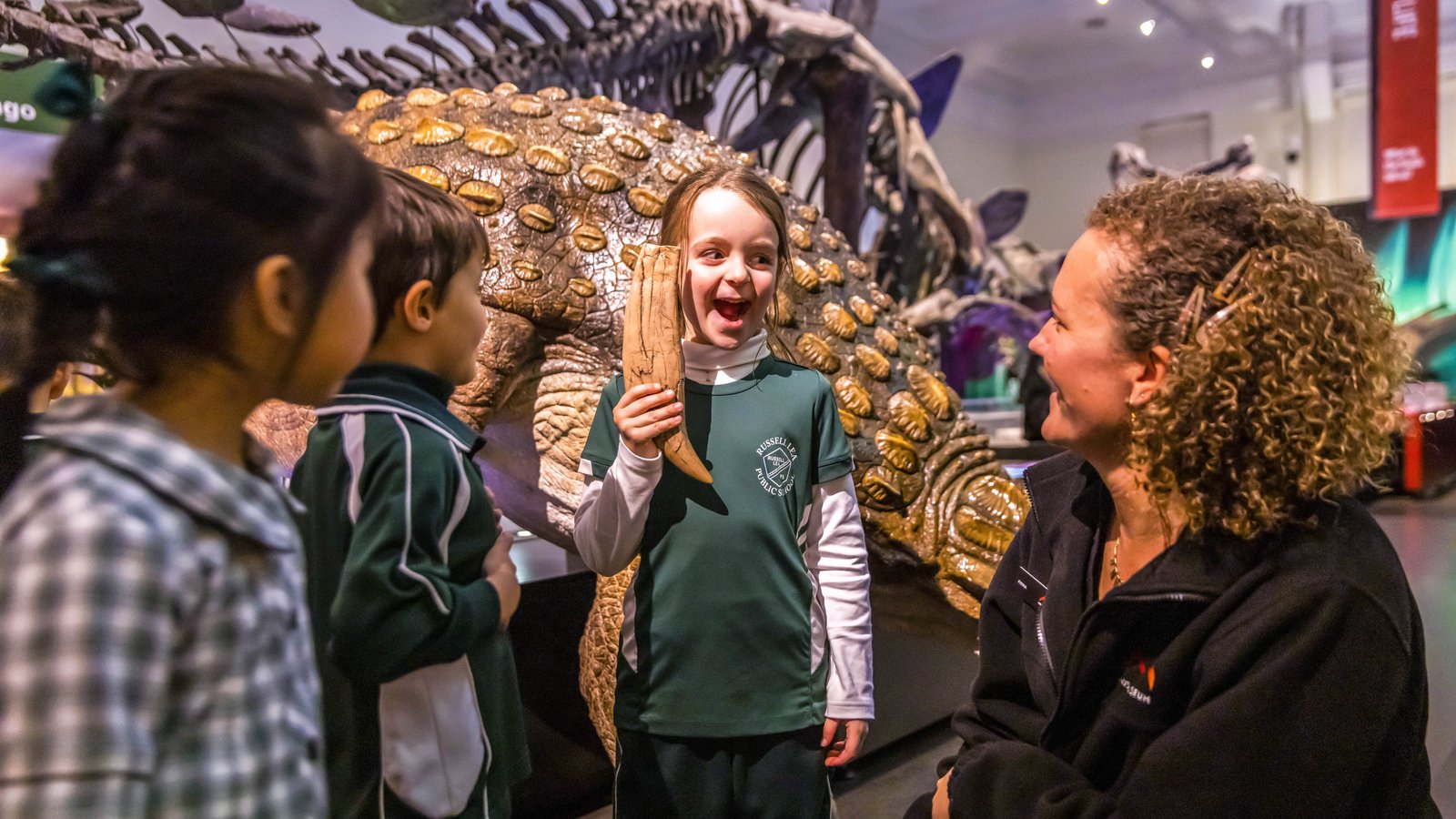This year, in our brimming biome home
Prepping to speak at a Department of Premier and Cabinet leadership discussion this past week, I have been wading through new data to find what best illustrates the AM’s extraordinary achievements in the face of a testing year:
Our science team at the Australian Museum Research Institute described 218 new species, with an incredible 255 publications produced – both AM records – despite Covid’s restrictions around fieldwork. 11,000 vertebrae tissue and DNA samples were added to our collection. 3,000 square metres of new public floor space accommodated 462,000 visitors, who were welcomed onsite for the first seven months we were open - with 21,000 visitors attending the Award-winning Unsettled exhibition in its first month. 84,000 joined our education programs, we generated 11,680 media stories, almost 12,000,000 webpage views and 4,000 hours of service were logged by our volunteers.
Great numbers indeed. Check out the AM’s Year in Review video below.
But then I stopped looking at flat data and graphs across the year, and just sat back marvelling at the singular human diligence and complexity of the people powering our own ‘biome’ in 1 William Street, the AM’s home on the edge of Sydney’s CBD.
What a privilege it is to work here. Witnessing the dedicated engagement across and within each other’s departments and specialisms to land scientific enquiry, increase conservation goals, educate young people, preserve and expand vitally important collections, create breath-taking exhibits and events to transport our communities through time and to different windows on the world, is something I never tire of.
Our interconnected structures are quite something – our biodiverse eco-system sees each team trusting another’s effort to empower their own, allowing the collective channel to keep flowing towards wider illumination of the original inquiry, all the while gathering new forms of scientific expression; informing, challenging, instigating ideas, preserving memory, inspiring action. It never stops.
And the razor focus of the collective effort of our teams this year was nothing short of professional testimony: we are the second oldest scientific research organisation in Australia and the fifth oldest natural history museum in the world – 2027 will be our 200th birthday.
And our work today - and the clear public enthusiasm for it – demonstrably shows that the AM is a true agent of social change - on the doorstep and globally - able to listen, lead, learn and engage in illuminating what scientific history has taught us so far, and where it points us to now; enabling the valuable, engaging and vital conversations we need to take place, while providing a place to just enjoy learning, to connect with joy and to be together.
Data is critical, of course, but the future of museums is of course no longer just about being a one-way ‘voice of authority’.
The achievements chart really pops off the page and starts to effect community change when we challenge ourselves to deeply adapt as we’ve done again this year due to COVID-19. Working like a community responsive ‘biome’, as a think -tank for new ideas, we become a greater force of nature within our own teams – a mature knowledge cooperative, a curious and collaborative curator constantly asking our communities - what do you want to know about now - and why?
Respecting how our whole staff body of 300 plus people tackles its many new missions, often the result of stubborn professional resilience, empathy, humour and deep love for the wider mission of science is something you can’t easily put a tidy figure on in an annual report. But it’s the one I am most proud to stand up and talk about.
For a deep dive into the many achievements of the Australian Museum during 2020-2021, please see our Annual Report.

















